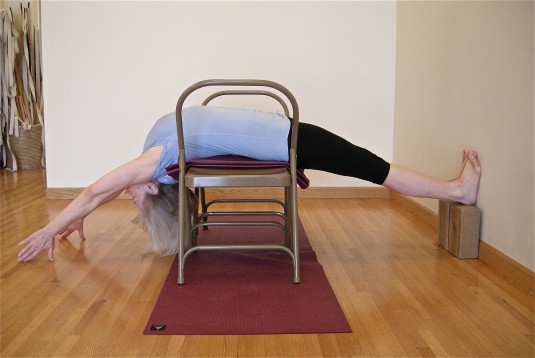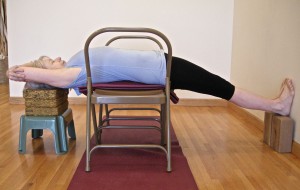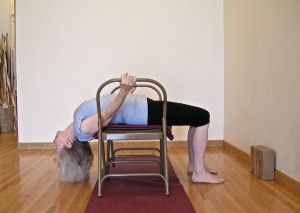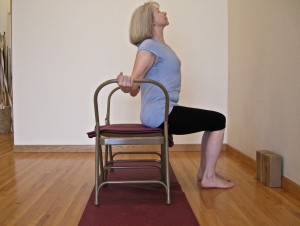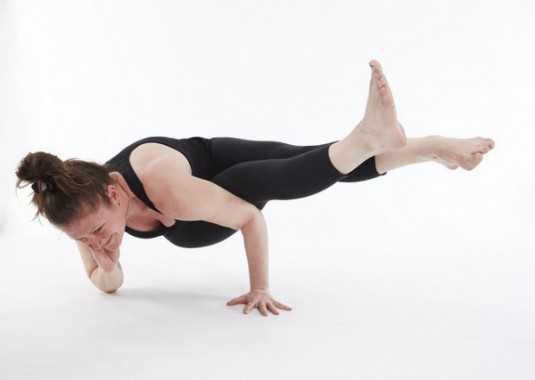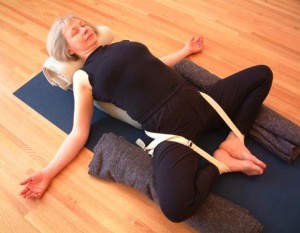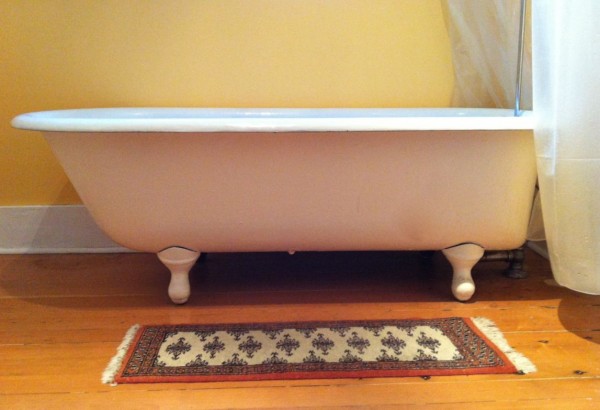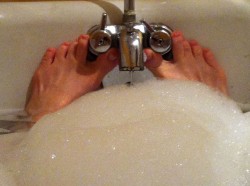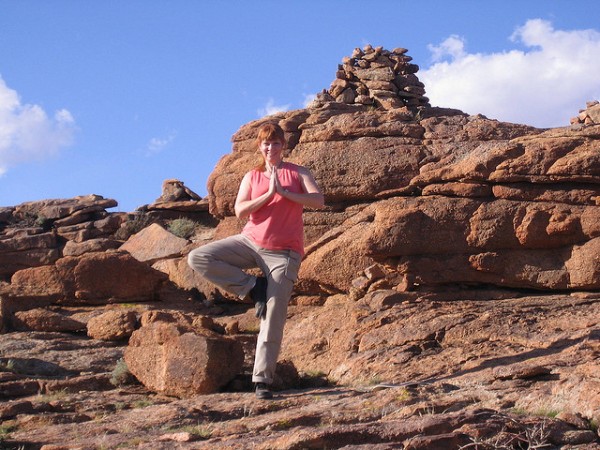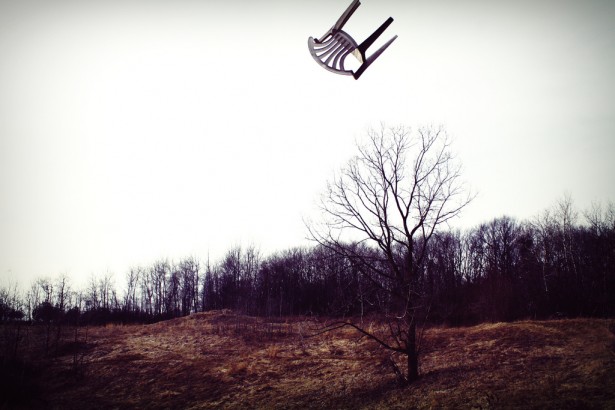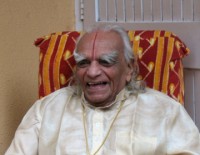If you are a fan of heavy-metal clothing brand Affliction – admittedly not really likely if you’ve found yourself on this page – then you might believe that affliction is “the passion that drives us to reach for greatness,” or something that “makes you build when others buy.”
Well no.
Since at least Roman times, an affliction has been understood as a cause of mental or bodily pain. It comes from the Latin afflictus, meaning distressed, or cast down.
In fact, the purpose of yoga practice is to reduce afflictions so that we can reach deep states of meditation that will lead to Samadhi, or integration.
Yoga philosophy counts five afflictions, or kleshas (say clay-sha) – ignorance, egoism, passion, hatred and the will to live, or clinging to life.
When Patanjali provides a list, the most important item comes first. There’s no saving the best for last.
That means the most important klesha of all is ignorance. In fact, the literal meaning of the next sutra is that ignorance is the field in which the other afflictions grow.
This makes sense because what’s meant by ignorance, literally “not seeing,” is a permanently operating fog machine that keeps us from perceiving reality.
And by definition, if you’re ignorant, you “can’t know,” as a little boy I met used to say in response to almost any question.
So if the kleshas rise from ignorance, and you can’t know your own ignorance, how can you possibly work with the kleshas?
In theory, you could always go to the bottom, and least important part of the list and try to work your way up. But fear of death, clinging to life, and the will to live, is, as Iyengar writes in Light on the Yoga Sutras of Patanjali, “the subtlest of all afflictions . . . . found even in wise men.”
I have a small suggestion.
It comes from my September commitment to 10 minutes of conscious breathing a day, first thing in the morning.
Lie down, prop your chest up, set a timer, and become passive in the presence of the breath. Most especially, allow a natural pause at the end of your exhalation, and let the inhalation breath come by itself.
You will be led, every morning, into a meditation on breathing.
First there are bare facts that you don’t own your breath, didn’t start it, and aren’t in control of when it stops – although it will, inevitably, stop.
Perhaps your breath will merge back into the universal breath bringing some part of your experience with it. Perhaps not. But it will definitely end. Breathing is both fragile and impermanent.
Happily, it’s also universal. Every in and out cycle connects you to the big breath of everything that lives, from whales to lichen. (It seems even bacteria breathe, or at least respire, although viruses don’t.)
We inhale the knowledge of our interdependence and exhale a long, slow breath that clears away, at least temporarily, the small corner of ignorance where we forget our mortality and suppose that we are separate from all else that lives.
Doesn’t sitting meditation do the same thing?
For some people I’m sure it does.
For about 25 years of my life I either meditated in the morning, or beat myself up for not meditating in the morning. When I sat, I was quieter and happier. But I was capable of staying caught up in my thoughts the whole time, and rising as deeply mired in my ignorance as when I sat down. (I still sit, I just don’t make it my first thing in the morning practice.)
Breath observation is more physical – shockingly physical, in fact.
I’m beginning to understand that it’s as necessary as active work in asana for improving posture and creating a broad, upright and expanded upper body.
If you prop your chest up and breathe for 10 minutes every day, you’re setting your ribcage, without tension, in the shape that every yoga pose demands. Active work gives you the strength to hold the shape.
Long slow breath calms the nervous system. It releases deep levels of anxiety that we all have – at some level we are all concerned with survival, and the will to live.
In calmness we react less to desire and aversion, and cling less tightly to the ego’s idea of ourselves.
And in calmness, it’s possible we might someday find the off-switch for the fog machine.
Image courtesy of Mysserli, via Flickr.
If this was your kind of post, you might also like:
Black sheep, white sheep, or just asleep?
What dandelions taught me about cultivating the opposite.
Smack in the middle of the mandala: it’s a good place to sit.


